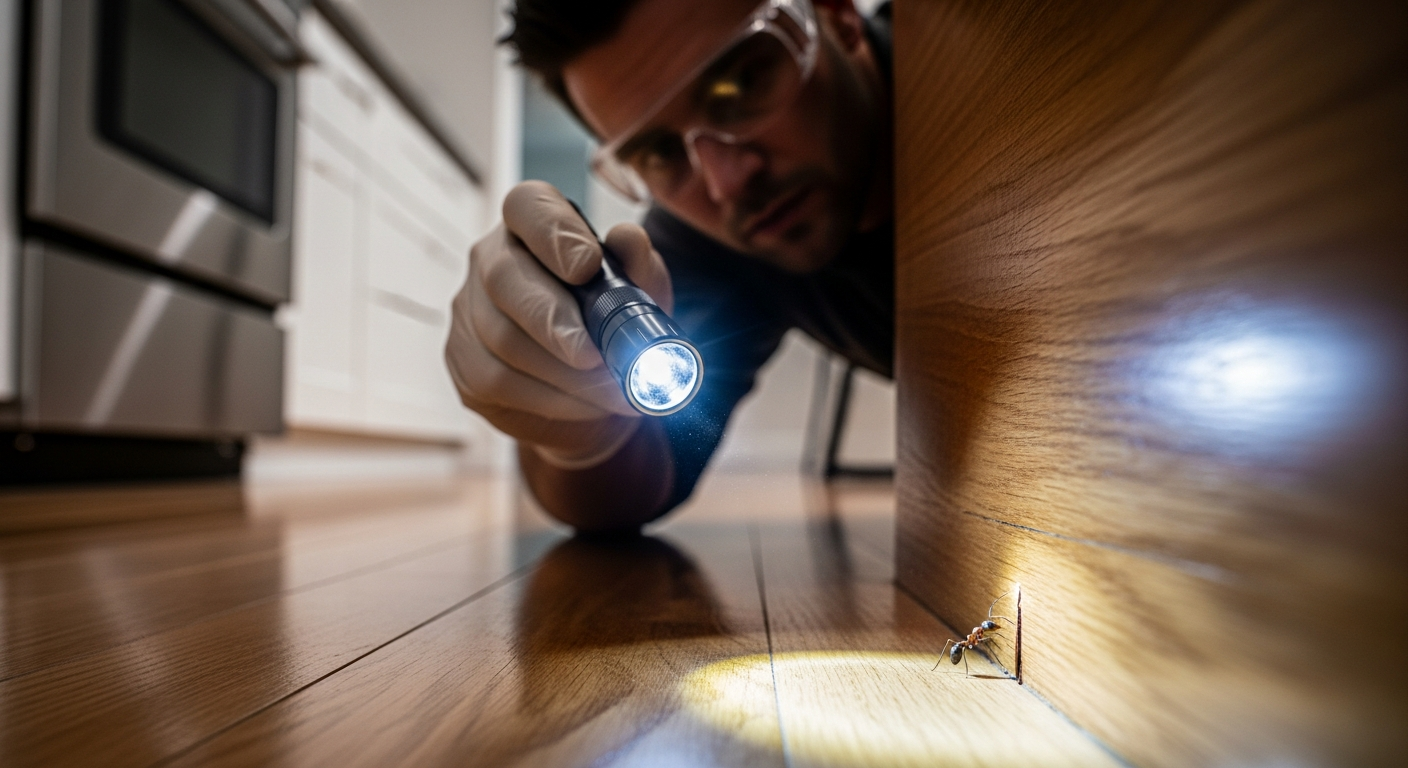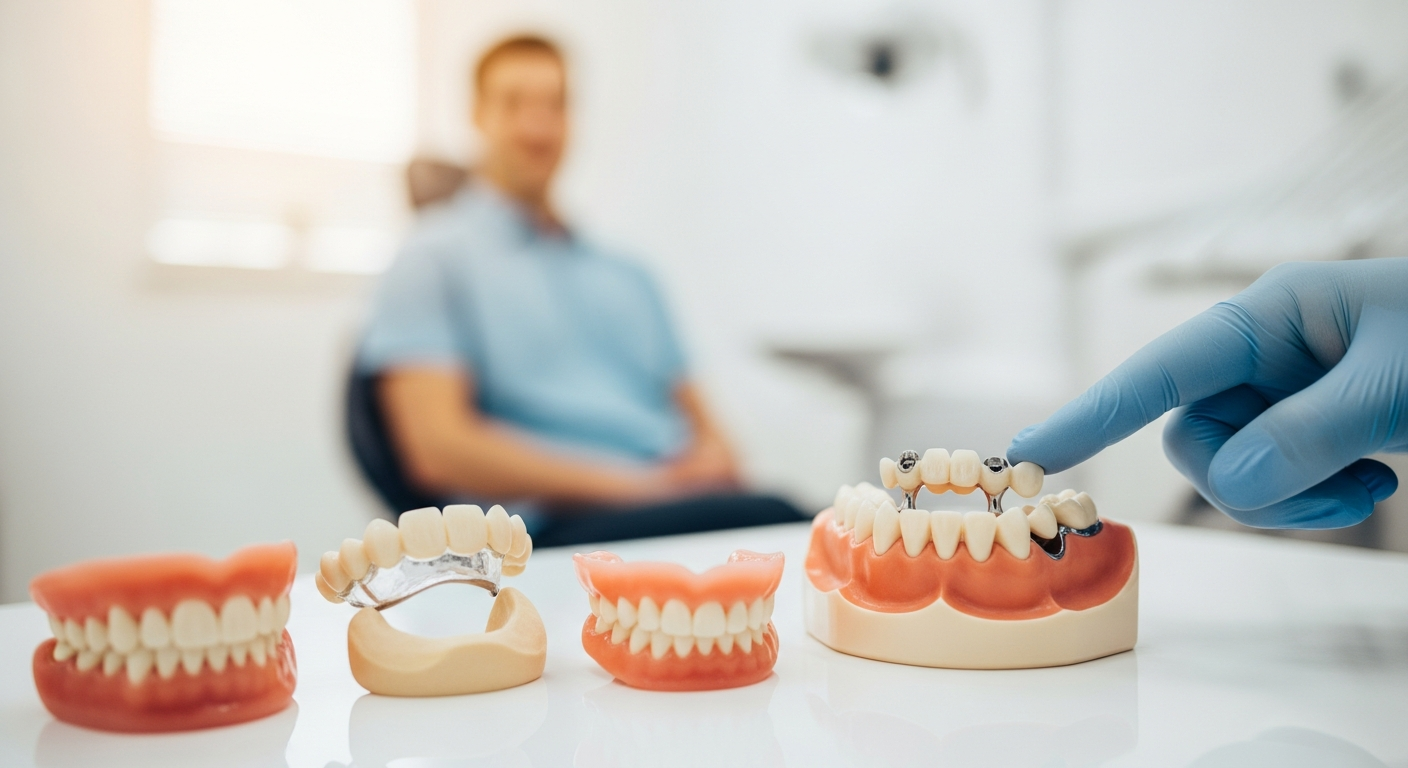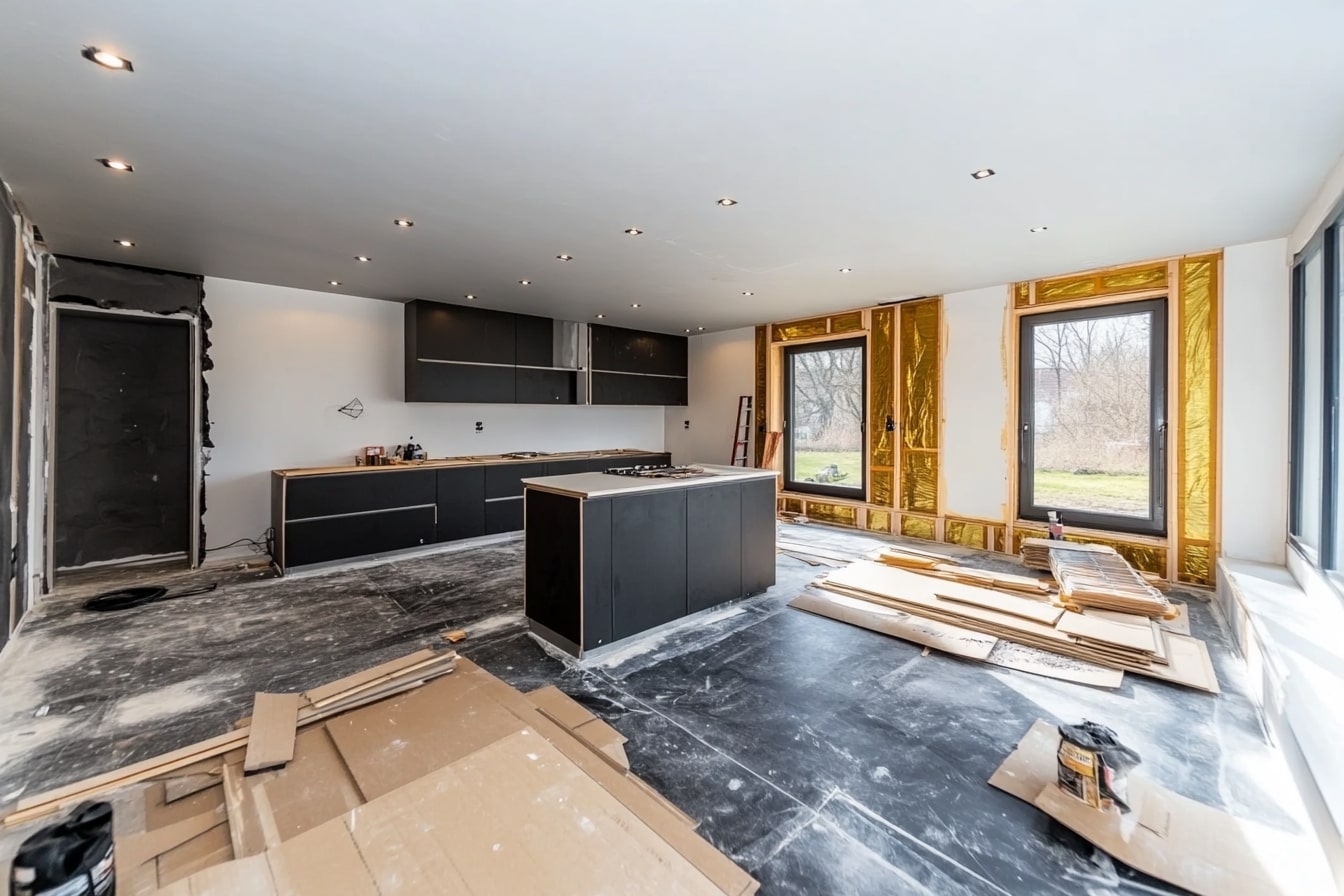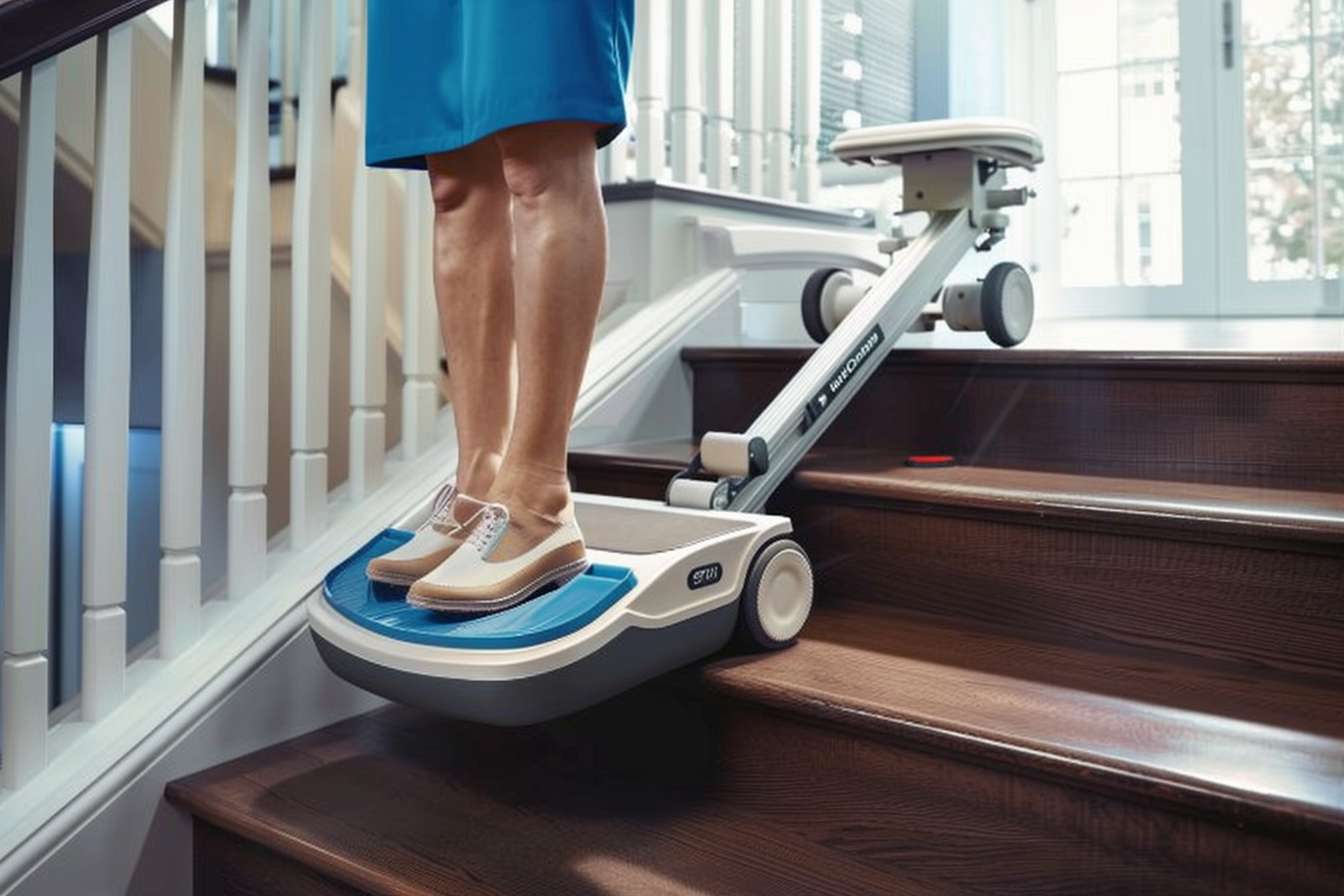Metal Roofing Is Growing in Popularity — See If It’s Right for Your Home
Metal roofing is becoming a favored option for homeowners seeking durability, energy efficiency, and modern style. This roofing solution offers impressive resistance to weather and fire, design flexibility, and significant energy savings. With lower long-term costs and environmental benefits, metal roofing enhances property value while meeting aesthetic and functional needs, paving the way for smarter home upgrades.
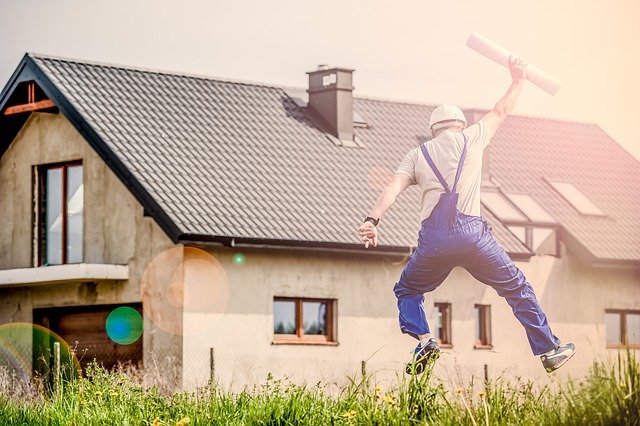
What are the key benefits of metal roofing?
Metal roofing offers a range of advantages that make it an attractive option for homeowners. First and foremost is its exceptional durability. Metal roofs can last 50 years or more with proper maintenance, significantly outlasting traditional asphalt shingles. They’re also highly resistant to fire, wind, and impact damage, providing superior protection for your home. Additionally, metal roofs are energy-efficient, reflecting solar radiant heat and potentially reducing cooling costs by 10-25%. This combination of longevity and energy savings can lead to significant long-term cost benefits for homeowners.
How does metal roofing compare to traditional materials?
When comparing metal roofing to traditional materials like asphalt shingles, the differences are substantial. While asphalt shingles typically last 15-30 years, metal roofs can easily double or triple that lifespan. In terms of maintenance, metal roofs require minimal upkeep compared to other materials. They don’t crack, curl, or grow moss like asphalt shingles, and they’re much less likely to leak. Metal roofs also offer superior wind resistance, with many able to withstand winds up to 140 mph. However, it’s important to note that the initial cost of metal roofing is higher than traditional materials, which we’ll discuss in more detail later.
What styles and colors are available for metal roofs?
One common misconception about metal roofing is that it only comes in a limited range of styles and colors. In reality, metal roofs offer a wide variety of design options to suit any architectural style. From standing seam panels that provide a sleek, modern look to metal shingles that mimic the appearance of slate, tile, or wood shake, there’s a metal roofing style for every home. Color options are equally diverse, ranging from traditional earth tones to bold, eye-catching hues. Some metal roofs even feature special coatings that can change color depending on the angle of view or light, adding a unique dynamic element to your home’s exterior.
How does metal roofing contribute to energy efficiency?
Metal roofing’s energy efficiency is one of its standout features. The reflective properties of metal roofs can significantly reduce heat gain in your home, leading to lower cooling costs during hot summer months. Many metal roofs are coated with special reflective pigments that further enhance this effect. In winter, metal roofing can help retain heat, potentially reducing heating costs as well. Some homeowners report energy savings of up to 40% after installing a metal roof. Additionally, metal roofing is often made from recycled materials and is 100% recyclable at the end of its life, making it an environmentally friendly choice.
What unique benefits does metal roofing offer in different regions?
Metal roofing provides specific advantages depending on the climate and weather conditions of different regions in the United States. In coastal areas prone to hurricanes, metal roofs offer superior wind resistance and can withstand flying debris better than traditional roofing materials. In the Southwest, where intense sun and heat are common, metal roofs’ reflective properties can significantly reduce cooling costs. In areas with heavy snowfall, the smooth surface of metal roofing allows snow to slide off more easily, reducing the risk of roof collapse. For regions prone to wildfires, such as parts of California, metal roofing’s fire-resistant properties provide an added layer of protection for homes.
What are the cost considerations for metal roofing?
When it comes to cost, metal roofing is generally more expensive upfront compared to traditional roofing materials. However, it’s important to consider the long-term value and potential savings. Here’s a breakdown of average costs for different types of metal roofing compared to asphalt shingles:
| Roofing Material | Average Cost per Square Foot | Lifespan |
|---|---|---|
| Asphalt Shingles | $1 - $4 | 15-30 years |
| Steel Panels | $6 - $12 | 40-70 years |
| Aluminum Shingles | $7 - $14 | 50+ years |
| Copper Roofing | $14 - $25 | 60+ years |
| Zinc Roofing | $10 - $20 | 60+ years |
Prices, rates, or cost estimates mentioned in this article are based on the latest available information but may change over time. Independent research is advised before making financial decisions.
While the initial investment is higher, metal roofing’s longevity, energy efficiency, and low maintenance requirements can result in significant savings over time. Many homeowners find that metal roofing pays for itself through reduced energy costs, lower insurance premiums (due to its fire resistance), and increased home value.
In conclusion, metal roofing offers a compelling combination of durability, energy efficiency, and aesthetic appeal that makes it an increasingly popular choice for homeowners. While the upfront cost is higher than traditional roofing materials, the long-term benefits and potential savings make it a worthwhile investment for many. As with any major home improvement decision, it’s essential to consider your specific needs, budget, and local climate when deciding if metal roofing is right for your home.

